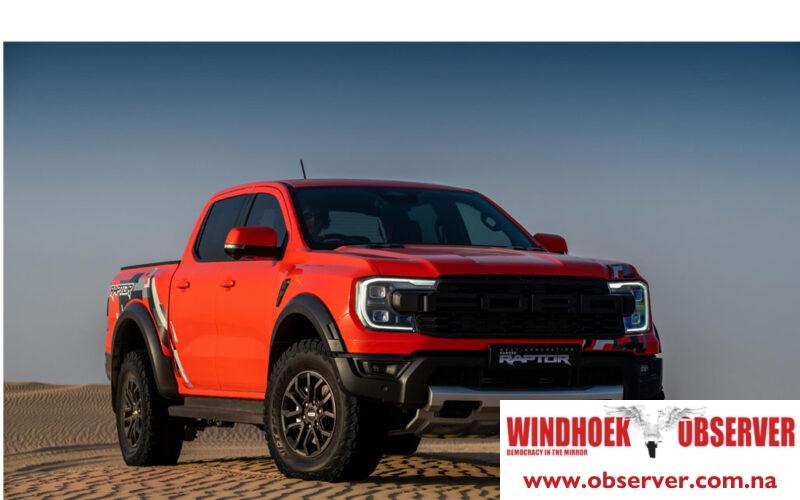Chamwe Kaira
In Windhoek, Namibia, the demand for the new Ford Ranger Raptor is surging, with over 1,009 eager customers currently on the waiting list.
Simonis Storm disclosed that the Namibian market continues to be predominantly driven by Toyota, contributing to 45% of total sales. Following Toyota are Volkswagen (12%), Kia (8%), Ford (7%), and Nissan (4%).
The report highlighted that the demand for new vehicles in Namibia has seen a decrease for the third consecutive month, with a 3.7% decline in September compared to a more substantial drop of 13.2% in August.
In September, the number of vehicles sold was 1,054 vehicles below the six-month moving average. However, vehicle sales experienced a year-on-year increase of 3.5% in September. To date, a total of 9,848 vehicles have been sold this year, marking the highest number of vehicles sold between January and September since 2017.
According to the National Association of Automobile Manufacturers of South Africa (NAAMSA), the automotive sector is currently grappling with inconsistent performance, primarily due to concerns regarding consumer affordability.
This issue appears to be mirrored in Namibia, where sales have been declining monthly. Elevated repo and prime rates have discouraged consumers from seeking vehicle financing, and vehicle prices have been on an upward trajectory.
Furthermore, escalating global oil prices have led to a surge in fuel costs, while the overall cost of living has witnessed a similar upward trend. This makes it increasingly challenging for consumers to consider purchasing new vehicles.
In September, the prices for personal transport operations only saw a marginal increase of 0.1% year on year, following three consecutive months marked by deflationary pressures.
Simonis Storm noted that new vehicle acquisitions accounted for 75% of total sales in September, similar to the statistics from the preceding month.
However, there is a noticeable decline in the proportion of vehicles being purchased on credit, with credit sales representing 36% of total sales, while cash transactions made up the remaining 64%.
Many local dealers are actively offering extended payment holidays to entice potential buyers. Additionally, the heightened demand for vehicles among businesses indicates a positive sentiment in the local market, suggesting a propensity for business expansion.




